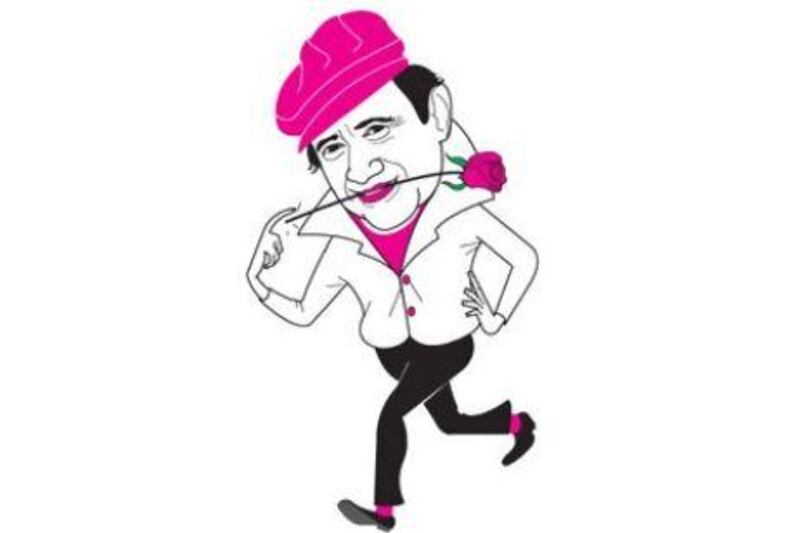Think satin and spangles. Think high-spirited high jinks. Think pretenders and princesses. Think bouffants and tuxedos. The 1960s seem to have been a direct response to the high seriousness of the 1950s. The two male stars who dominated the decade were never very comfortable outside the city; they were at their best in night clubs or in the front seats of taxis. The heroines were poor little rich girls, wealthy in everything but love. It was that kind of cinema and some of its tropes and forms – an almost offensive form of romancing the heroine, for instance – became a standard for Bollywood.
Manmohan Desai was the neglected genius of classic Bollywood: the three-hour / six-song /catch-all action melodrama. His way was made smooth by his father and brother, both of whom were in the industry, but neither of whom made it out of the B-grade rut. Desai began his career with characteristic panache by casting Raj Kapoor and Nutan in Chhalia, which turned out to be a huge hit. But it was with the coming of Amitabh Bachchan that Desai was to come into his own. But ah, that's a story that belongs to the 1970s.
In most cinemas, female stars have a short shelf-life – and dancers? Perishable commodities. Helen bucked that trend. She was The Dancer for nearly 30 years. It wasn’t just her smile, her innate rhythm and her ability to look at home in satin, spangles, feathers and fur that made her a dancer who lasted in an industry that is brutal about throwing away what it doesn’t want; it was her ability to suggest that she was enjoying dancing for you that made her the go-to go-go girl.
The 1960s were the cotton-candy decade of chiffon saris and romantic songs in the moonlight. And the man behind the hero, the man at the microphone was Mohammed Rafi, whose voice brought thousands of songs alive. He was a devout Muslim whose understanding of Islam prevented him from taking royalties. He had a falling out with the then top female playback singer Lata Mangeshkar, which led the way to the ascendancy of Kishore Kumar in the next decade. But in the 1960s, if there was a romantic song, a devotional song, or even a patriotic song, chances are, Rafi was the voice.
He was the man in the white tuxedo, the nightclub musician, the lost heir to the fortune. But most of all, Shammi Kapoor was known as the “Yahoo” guy, who brought a brand of irrepressible energy to his portrayals of young lovers who brooded intensely in scene one and imitated Elvis Presley in the next. This might have been his way of differentiating himself from his elder brother, the redoubtable Raj, or his younger brother, the beautiful Shashi. In his after-career, he took to religion and the internet.
By his own reckoning, Dev Anand was a star on the day he died in 2011; but that may have been because his greatest talent was self-deception. In the glory days however, between the 1950s and the 1970s, he was one of the great stars. The Dev Anand hero was a denizen of the city – of its underbelly. He was a noir hero, except that Bollywood morality would always demand a last-minute redemption, generally wrought by a woman. In the 1970s, he turned producer and director.
Follow us
[ @LifeNationalUAE ]
Follow us on Facebook for discussions, entertainment, reviews, wellness and news.





